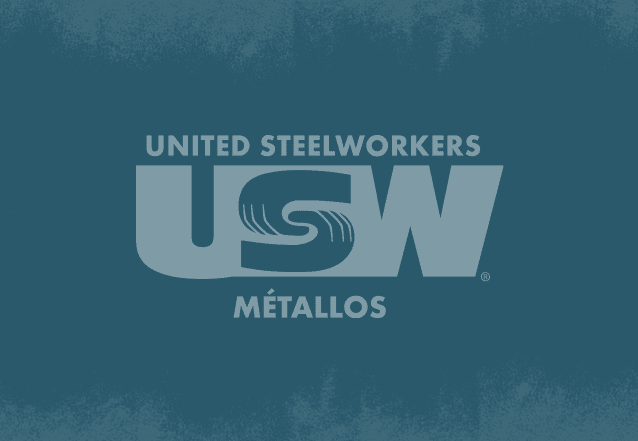The era of seeking the cheapest possible imports, regardless of impact on workers or the environment, is long gone, writes Marty Warren, in an opinion article originally published in the Hamilton Spectator.
As the world attempts to reduce its greenhouse gas emissions, Canada is presented with an opportunity to rebuild its ailing physical infrastructure, from bridges to mass transit systems, to lower-carbon buildings.
The federal government has committed to achieving net-zero by 2050. Yet, despite opportunities and broad commitments, essential components of this strategy are missing: specifically, a strategy on the materials used to build our new, clean, economy. The steel used to build a cleaner, greener economy can and must be produced right here in Canada.
While Canada’s steel industry may be a small player globally, it is an essential part of our domestic economy and a lifeblood for the many communities reliant on the 120,000 direct and indirect jobs it provides. Yet, rising imports have increasingly displaced domestic production. Imports now account for 61 per cent of the Canadian steel market, a marked increase from the 15.5 per cent they represented in 1984.
As recently as 2015, U.S. imports accounted for 30 per cent of Canadian market share, while as of 2022, that sank to just over 20 per cent. Meanwhile, market share from countries outside of the U.S. and Mexico, has doubled since 2015. These troubling trends are worsened by decades of global overcapacity, offshoring of public procurement and ineffective trade measures and protections.
The federal government’s action has been inadequate. By contrast, the Biden administration in the U.S. has taken a tough approach to rectifying the global problems of overcapacity, unfair trade, climate change and job creation. Earlier this month, the U.S. announced an increase of section 301 tariffs on steel products from China to 25 per cent from 0.75 per cent. The U.S.’s 2022 Inflation Reduction Act included $50 billion in clean manufacturing investments, while explicitly tying together climate and labour goals.
If Canada wants to maintain a healthy domestic steel industry into the future, trade, climate and jobs policies must go hand in hand. The United Steelworkers union (USW) suggests Canada adopt several key priorities as part of a comprehensive approach to protecting Canada’s vital steel industry.
First, Canada must leverage its comparatively low-carbon steel — our steel is either the cleanest or second-cleanest in the world, depending on the production type — by using low-carbon steel in all public infrastructure projects. The very infrastructure we will need as we shift toward a greener economy, from transit to bridges to retrofitted building.
Second, Canada must pursue an industrial policy that maintains and creates a strong domestic market for steel products. To this end, Canada also needs to promote and encourage technological investments to further reduce the carbon footprint of the industry. But this must be done in conjunction with unions to ensure workers are not left behind.
Third, the federal government must do more to ensure that its plan to implement a price on carbon does not unfairly disadvantage domestic steel producers. To this end, the USW advocates for the implementation of a carbon border adjustment on steel imported from jurisdictions with no carbon price. Such tariffs have already been implemented in the EU and are being considered in the U.S.
Finally, we must do more to strengthen anti-circumvention measures so that when the U.S. takes a strong approach to protect its industry, steel does not flood through Canada’s porous borders. We have won some improvements to our trade remedy system, including the recent announcement to track “country of melt and pour.” This will facilitate identification of unfairly traded goods. However, we continue to see an increase of imports from countries deemed “bad actors” with poor labour and environmental standards.
Canada must do more to protect its domestic steel industry. The era of seeking the cheapest possible imports, regardless of impact on workers or the environment, is long gone.
After all, is a nation truly a nation without a steel industry?
Marty Warren is the national director of the United Steelworkers union, representing 225,000 workers in Canada and 850,000 members in Canada, the United States and the Caribbean.
Share on Facebook



